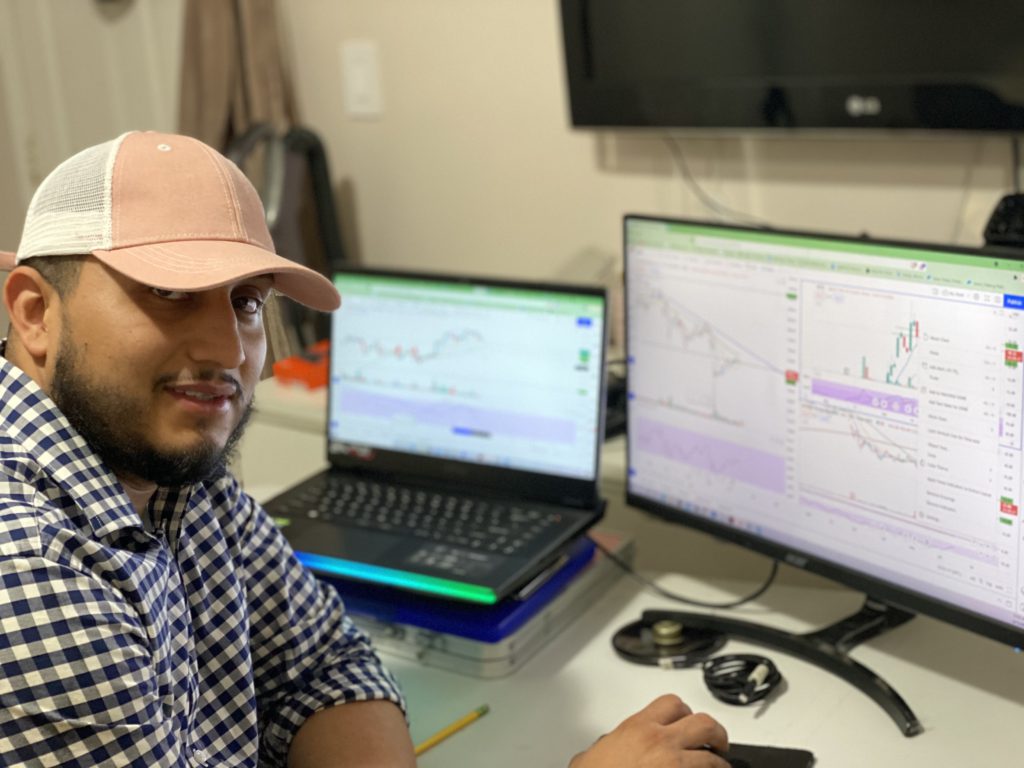Call us: 1(866)-881-7833
GENERAL RISKS OF TRADING AND INVESTING
All securities trading, whether in stocks, options, or other investment vehicles, is speculative in nature and involves substantial risk of loss. We encourage our subscribers to invest carefully and to utilize the information available at the websites of the Securities and Exchange Commission at http://www.sec.gov and the National Association of Securities Dealers at http://www.nasd.com. You can review public companies filings at the SEC’s EDGAR page. The NASD has published information on how to invest carefully at its website. We also encourage you to get personal advice from your professional investment advisor and to make independent investigations before acting on information that we publish. Most of our information is derived directly from information published by companies or submitted to governmental agencies on which we analyze and/or rate from other sources we believe are reliable, without our independent verification. Therefore, we cannot assure you that the information is accurate or complete. We do not in any way warrant or guarantee the success of any action you take in reliance on our statements, ratings, or recommendations.
1. You may lose money trading and investing.
Trading and investing in securities is always risky. For that reason, you should trade or invest only “risk capital” — money you can afford to lose. While this is an individual matter, we recommend that you risk no more than 10% of your liquid net worth — and, in some cases, you should risk less than that. For example, if 10% of your liquid net worth represents your entire retirement savings, you should not use that amount to buy and sell securities. Trading stock and stock options involves HIGH RISK and YOU can LOSE a lot of money.
2. Past performance is not necessarily indicative of future results.
All investments carry risk and all trading decisions of an individual remain the responsibility of that individual. There is no guarantee that systems, indicators, or trading signals will result in profits or that they will not result in losses. All investors are advised to fully understand all risks associated with any kind of trading or investing they choose to do.
3. Hypothetical or simulated performance is not indicative of future results.
Unless specifically noted otherwise, all profit examples provided in the our websites and publications are based on hypothetical or simulated trading, which means they are done on paper or electronically based on real market prices at the time the recommendation is disseminated to the subscribers of this service, but without actual money being invested. Also, such examples do not include the costs of subscriptions, commissions, and other fees, or examples of other recommendations as to which there were losses utilizing the timing at the time of the recommendations. Because the trades underlying these examples have not actually been executed, the results may understate or overstate the impact of certain market factors, such as lack of liquidity (discussed below). Simulated trading programs in general are also designed with the benefit of hindsight, which may not be relevant to actual trading. We make no representations or warranties that any account will or is likely to achieve profits similar to those shown, because hypothetical or simulated performance is not necessarily indicative of future results.
4. Don’t enter any trade without fully understanding the worst-case scenarios of that trade.
Trading securities like stock options can be extremely complicated, so make sure you understand these trades before entering into them. For example, aggressive positions in options have a greater probability of losing, while less aggressive positions are less likely to yield substantial profits. Similarly, far out-of-the-money options are unlikely to finish in the money, and options purchased close to their expiration dates are very high-risk and, thus, likely to win big or lose big very quickly. Don’t enter any trade without fully understanding the worst-case scenarios of that trade.
5. We are a financial publisher and do not provide personalized trading or investment advice.
We are a financial publisher. We publish information regarding companies in which we believe our subscribers may be interested and our reports reflect our sincere opinions. However, the information in our publications is not intended to be personalized recommendations to buy, hold, or sell securities. As a financial publisher, we are not legally permitted to offer personalized trading or investment advice to our subscribers. If a subscriber chooses to engage in trading or investing that he or she does not fully understand, we may not advise the subscriber on what to do to salvage a position gone wrong. We also may not address winning positions or personal trading or investing ideas with subscribers. Therefore, subscribers will need to depend on their own mastery of the details of trading and investing in order to handle problematic situations that may arise, including the consultation of their own brokers and advisors as they deem appropriate.
6. Profits can be lost if they are not taken at the right time.
Subscribers are advised to take profits at whatever point they deem optimal, regardless of the profit target set in any given recommendation. Advisory services such as those we offer provide recommendations. Subscribers are free to follow the recommendation, follow it in part, or ignore it altogether. If a subscriber believes a given profit is at risk, the subscriber should take the profit. Similarly, if a subscriber feels a position is likely to lose value, or a losing position is likely to fall further, the subscriber can choose to exit at any time to preserve capital. The final decision as to when to take profits remains in the sole discretion of the subscriber, keeping in mind that profits can be lost if they are not taken at the right time.
To learn more click here. To view our privacy policy click here.




